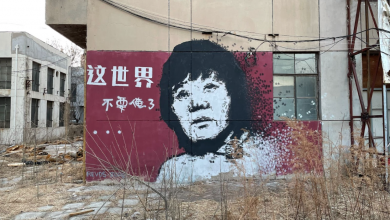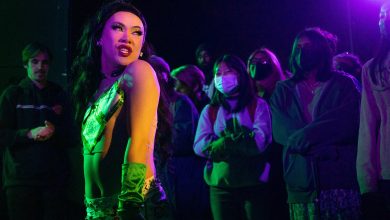How to Counter the Mainstream Narrative Online

Do you ever wonder who controls Internet culture? It’s easy to imagine that every person, Mac and mouse in hand, has equal say with just a simple click. But the truth is a little more complex.
It started with the creation of the Internet – or rather, who first had access to the Internet. It turns out that the vast majority of early Internet users had many things in common: they were Western, they were White, they came from mid-to-high income families, and they were male. The only gap in Internet usage that has clearly closed is between men and women. While women now have seemingly achieved parity online, Ryan Broderick claims that the six-year gap it took to do so gave men the advantage of being able to establish early digital culture. In one of my favorite articles, “We must bulldoze what’s left of the nerdy White man’s Internet,” he argues that well-known parts of digital culture, such as porn, anime, Rickrolling, and video games were basically inside jokes for those privileged enough to own computers and generate content.
These privileged people are the same people that are privileged in our general society (i.e., well-off White men). There are a few reasons for this. The first is access. The richer you are, the more access you have to the tools necessary to gain information or create content. In order to participate online, one has to have access to a computer, preferably a private one that isn’t restricted from certain websites, under surveillance, or under time limits, which are all problems frequently encountered in public libraries. Besides, let’s be honest – it’s way more inconvenient to have to go the library every time you need to do something online, which is another discouraging factor.
The second reason has more to do with the differences between how certain populations use the Internet. A survey shows that men are 1.5 times more likely to create content than women (men 24%, women 16%). Women, according to multiple studies, are more likely to use the Internet as a way to connect with friends and family, while men are more likely to seek out information. Minorities and underprivileged people in lower socioeconomic classes tend to seek entertainment instead of information, which is perhaps related to the lack of information that can fulfill their needs (instead, most information seems to be middle-class oriented). Some have even said that underprivileged communities are “digitally exiled” because of the lack of information about their local community, the lack of information available in languages other than English, the lack of cultural diversity, and the lack of resources for those that are not trained to read or analyze at advanced levels. While the amount and variety of information is increasing, these gaps in information exist and need to be addressed. Internet users would be better off if we diversify information specific to the needs of diverse populations (such as those in a lower socioeconomic class).
All of this contributes to a dominant voice being heard, which is the same one that has echoed throughout history. Privileged White men were given the opportunity to create the earliest – and current – mainstream narrative online. Fortunately, there are ways to combat this problem. Complex as the problem is, progress needs to be sought on multiple levels.
First, training. We are living in a world now where technology is increasingly important to the foundation of success and knowledge, so it is necessary to develop programs for people that otherwise lack access or exposure to basic training in technology. There are some people that, even when given access, might not take advantage of the opportunity due to gender stereotypes, racial stereotypes, or poor self-efficacy, so it’s important for these programs to target individuals who need the skills but might be reluctant to try. One nonprofit organization that I think is doing an excellent job of targeting a population that is often forgotten by the technological community – young Black females – is Black Girl’s Code. Kimberly Bryant, who is now an official girl crush of mine, founded this organization “to increase the number of women of color in the digital space by empowering girls of color ages 7 to 17 to become innovators in STEM fields, leaders in their communities, and builders of their own futures through exposure to computer science and technology.”
We can all contribute by offering our experiences and our perspectives as a counter-narrative. Often times, our contributions might be met with distrust and harassment as we start to participate in spaces that are usually dominated by one group. Anita Sarkeesian is a perfect example of this – she dared to speak out about her beliefs regarding the tropes in video games and has been the target of a massive online campaign to undermine the validity of her person, her experiences, and her perspective. See this for what it is – a defensive maneuver by a population who is aware that their hold is dwindling – and continue on anyways. Since we can’t separate Internet culture from “real” culture anymore, it is necessary to participate in both if we want our voices heard. Create content. Blog. Research. Find out what you need to know and give it back to the Digital world. And, most relevant to this article, produce your own narrative that is full of your own unique and shared perspectives, experiences, and beliefs.




